Observe the following diagrams of invertebrates embryos illustrating the characteristics of the body plan.
Reference

Select the correct sequence which corresponds to the phyla represented with I, II, III, IV and V.
I II III IV VCnidariaPlatyhelminthesAnnelidaNematodaArthropoda
I II III IV VCnidariaPlatyhelminthesNematodaArthropodaAnnelida
I II III IV VNematodaArthropodaPlatyhrlminthesCnidariaAnnelida
I II III IV VAnnelidaCnidariaArthropodaPlatyhrlminthesNematoda
The correct Answer is:B
The embryo of animal I shows two germinal layers, ectoderm and mesoderm. This animal is diploblastic, it can be a poriferm and mesoderm. This animal is diploblastic, it can be a poriferan or cnidarian. The embroyos of all other animals have three germinal layers, the ectoderm, mesoderm and endoderm. These animals are triploblastic animals. They can be from Phylum Platyhelminthes to Phylum Mollusca. Embryos I and II have no coelom, III has pseudocoelom and IV and V have true coelom. Coelom is a fluid -filled cavity that forms the main body cavity of animals. it is formed by splitting of the mesoderm. Therefore, embryos I and II can be of poriferans, cnidarians, ctenophorans or platyhelminthes, embryo III is of nemathelminthes, whereas embryos of V shows internal divisions or segmentation in the body. Embryo V, thus is annelidan. So, we can conclude, embryo I is of cnidaria, embryo II is of platyhelminthes, embryo III is of namathelminthes, embryo IV is of arthropoda and embryo V is of annelida.
Topper's Solved these Questions
Similar Questions
The following compounds are intermediates in the Pathway of photorespiration
I. phosphglycolate II. serine III.glyoxylate IV. glycine
The correct sequence their appearance in the pathway is
View SolutionThe following compounds are intermediates in the pathway of photorespiration-
I. phosphoglycolate-
II. Serine-
III. Glyoxylate-
IV. Glycine-
The correct sequence of their appearance in the pathway is
View Solution
Knowledge Check
Which of the following I-V characteristic represent the characteristic of a Ohmic conductor?
A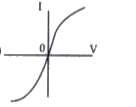 B
B C
C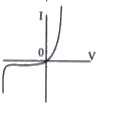 D
D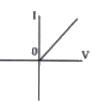
The diagram shows the left side view of the male reproductive system. Select the correct option to identify the parts labelled as i, ii, iii and iv.
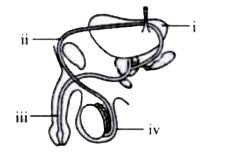 ASperm dustUrethraScrotumUrinary bladderiiiiiiivBSperm dustUrethraScrotumUrinary bladderiiiiiiviCSperm dustUrethraScrotumUrinary bladderiiiiiiivDSperm dustUrethraScrotumUrinary bladderiiiviiii
ASperm dustUrethraScrotumUrinary bladderiiiiiiivBSperm dustUrethraScrotumUrinary bladderiiiiiiviCSperm dustUrethraScrotumUrinary bladderiiiiiiivDSperm dustUrethraScrotumUrinary bladderiiiviiiiThe following are pie diagrams A, B and C related to proportionate number of species of major taxa of invertebrates, vertebrates and plants repectively. Study and select the right option in which all the blanks I, II, III and IV are correctly identified
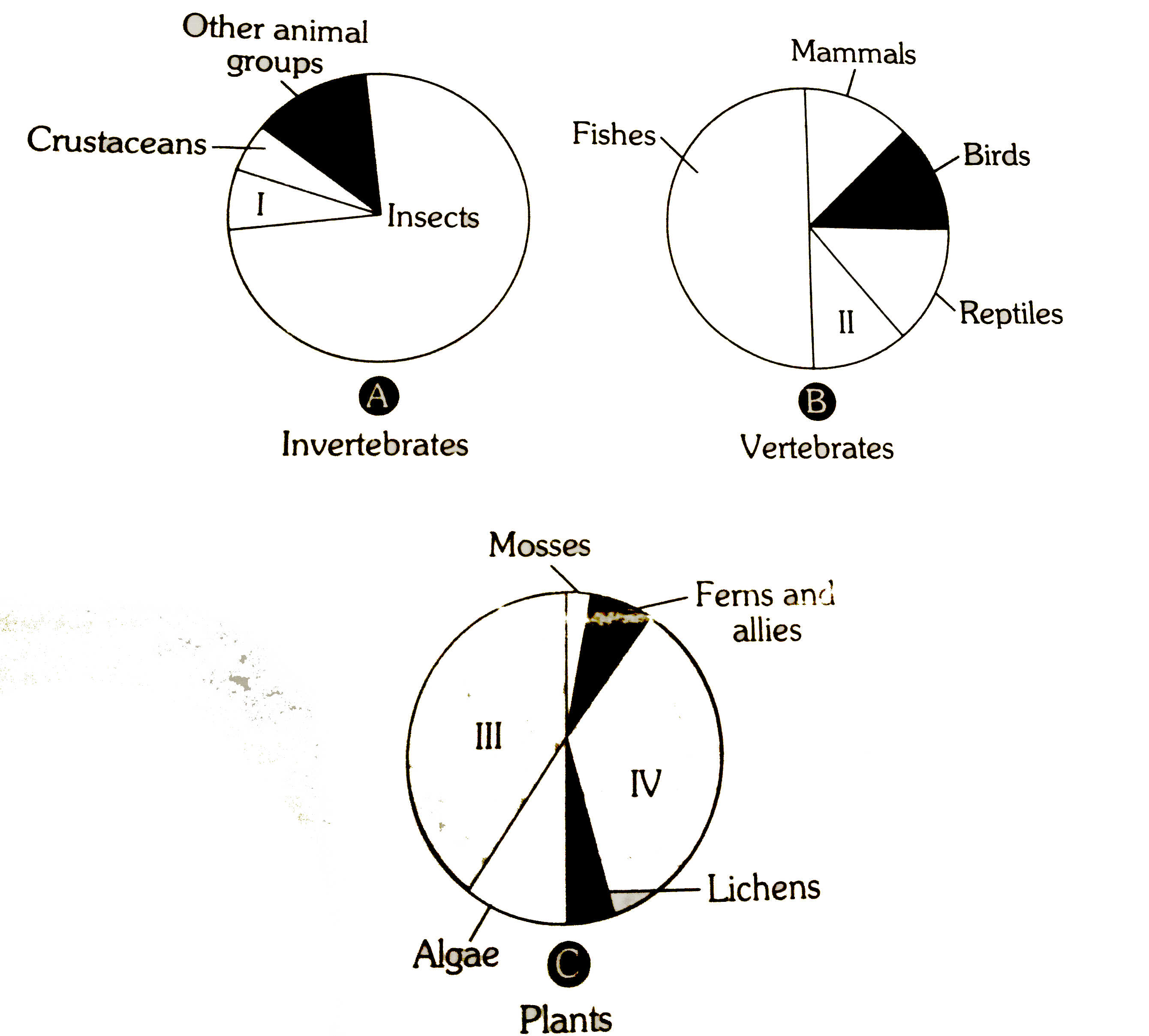 AI - Turtles, II - Amphibians, III - Fungi, IV - AngiospermsBI - Hexapoda, II - Amphibians, III - Fungi, IV - AngiospermsCI - Molluscs, II - Amphibians, III - Angiosperms, IV - FungiDI - Molluscs, II - Amphibians, III - Fungi, IV - Angiosperms
AI - Turtles, II - Amphibians, III - Fungi, IV - AngiospermsBI - Hexapoda, II - Amphibians, III - Fungi, IV - AngiospermsCI - Molluscs, II - Amphibians, III - Angiosperms, IV - FungiDI - Molluscs, II - Amphibians, III - Fungi, IV - Angiosperms
Which of the following are characteristics of living beings ?
(i) Respiration
(ii) Reproduction
(iii) Adaptation
(iv) Excretion
Choose the correct answer from the options below:
View SolutionConsider the following events and arrange these in chronological order.
i. Cripps proposal
II. August offer
III. Wavell Plan
IV. C.R. Formula
Select the correct answer from the codes given below.
View SolutionIn each of the following questions, arrange the given words in the sequence in which they occur in the dictionary and then choose the correct sequence.
(i) Bound (ii) Bonus
(iii) Bunch (iv) Board
View SolutionIn each of the following questions, arrange the given words in the sequence in which they occur in the dictionary and then choose the correct sequence.
(i) Preposition (ii) Preparatively (iii) Preposterous (iv) Preponderate
View SolutionWhich of the following are correct (B) and (C ) products, respectively ?

I.
II.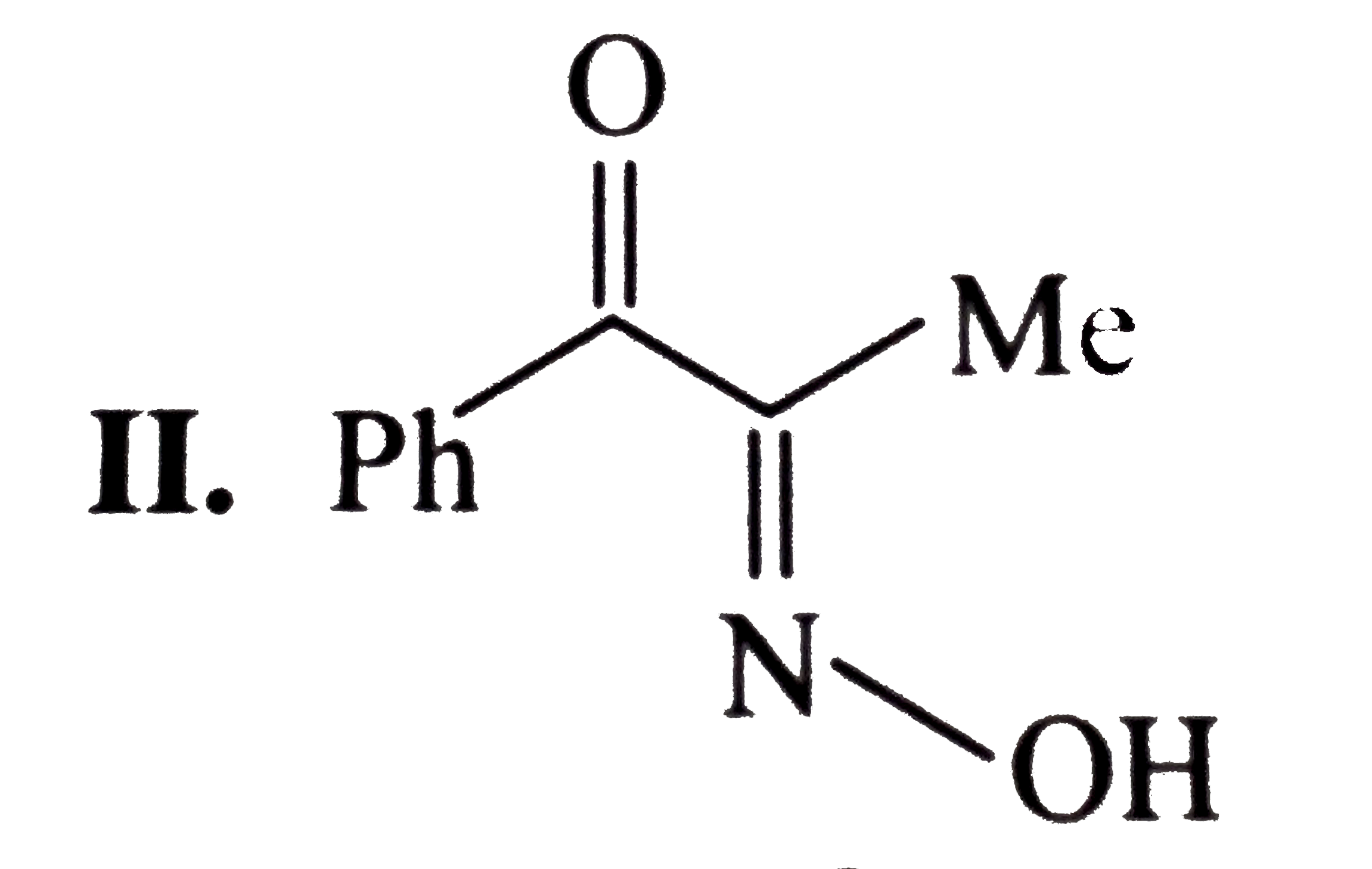 , III.
, III. 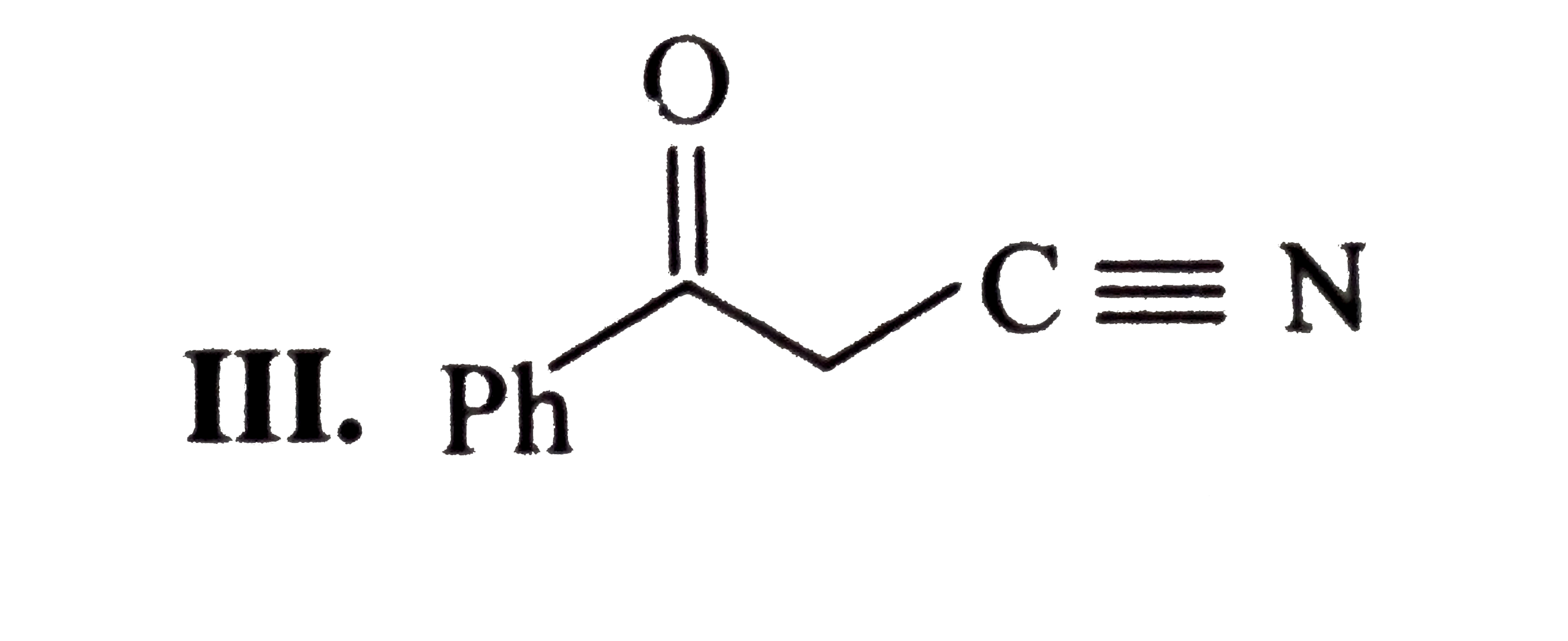
IV.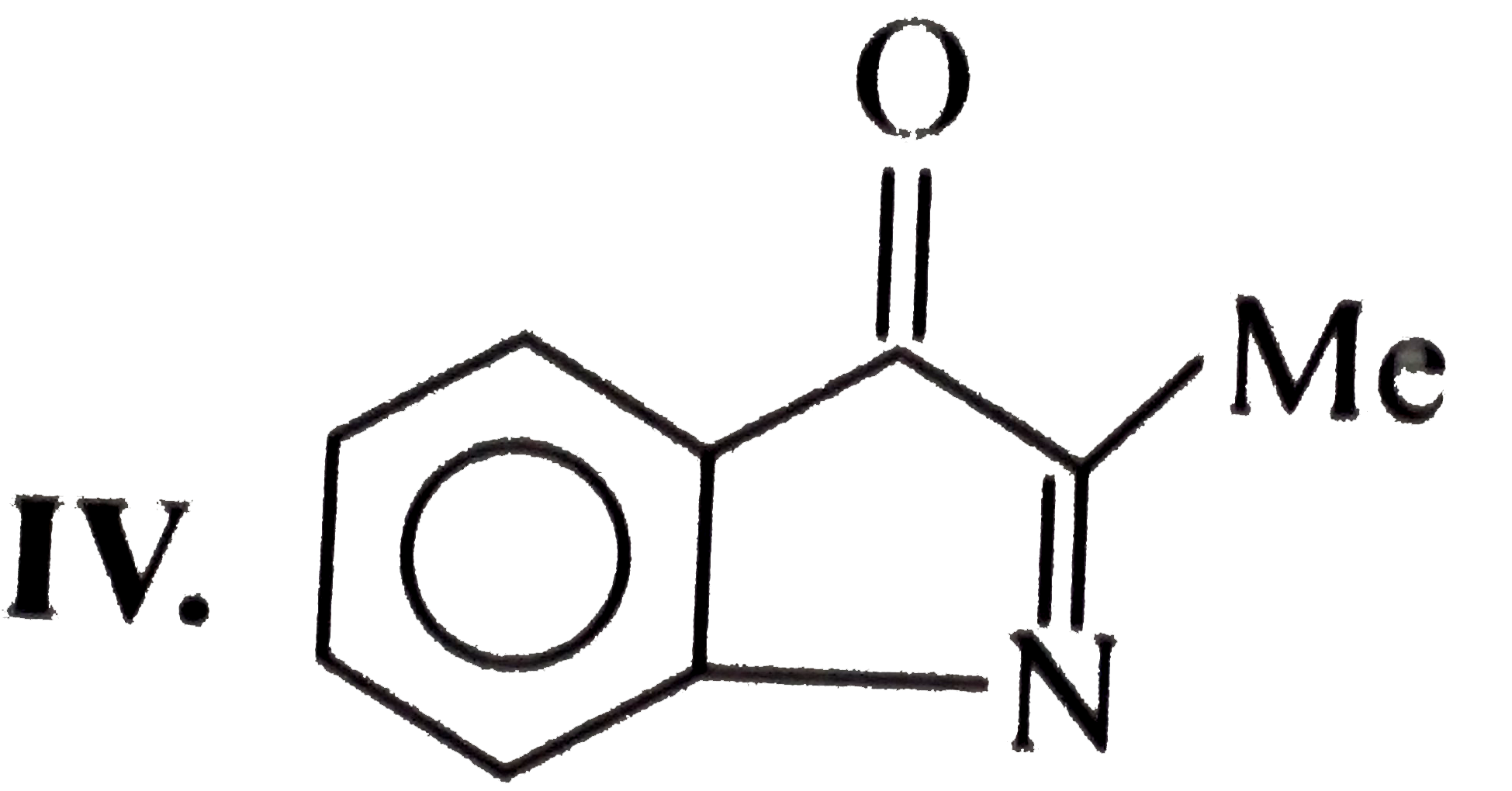 , v.
, v. 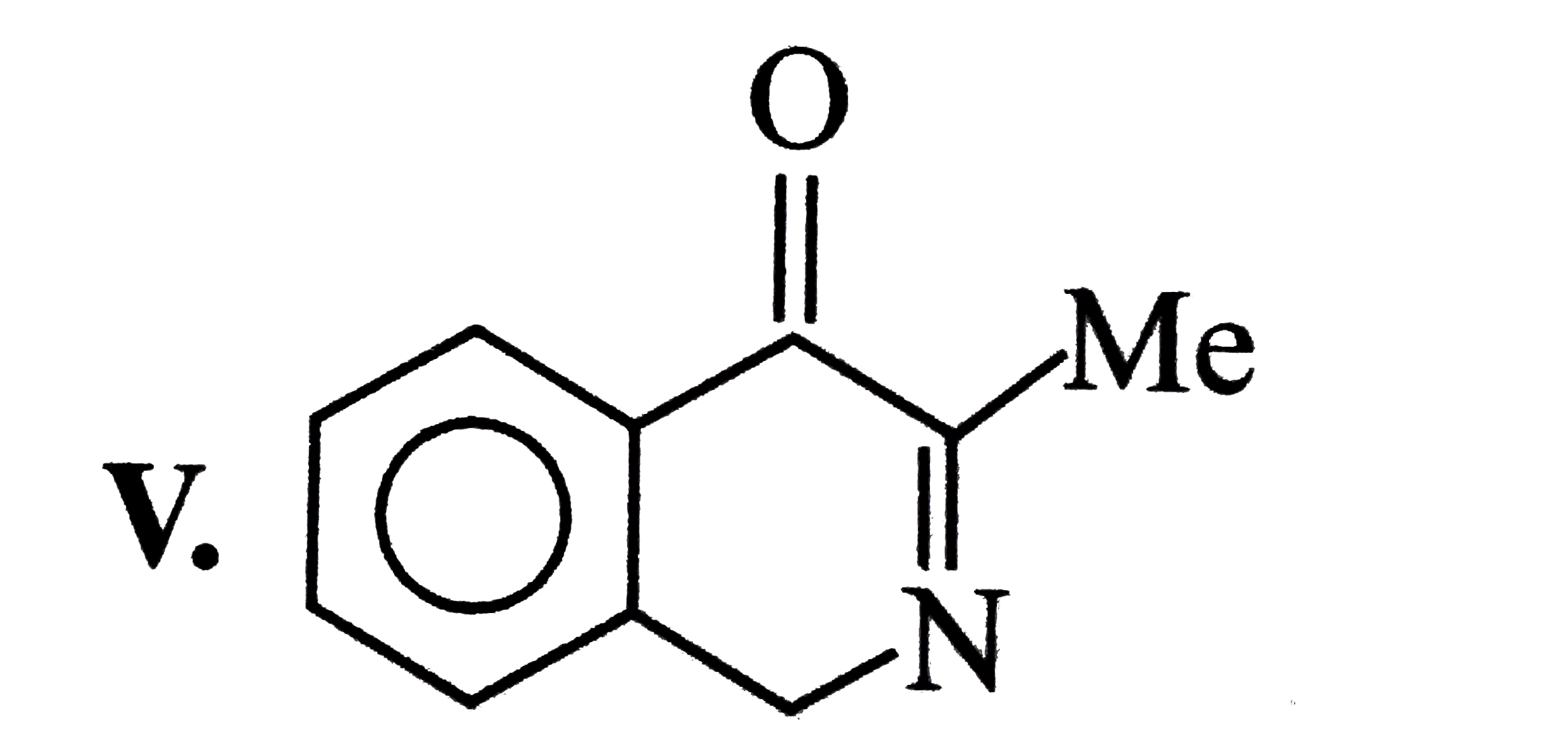
View Solution
